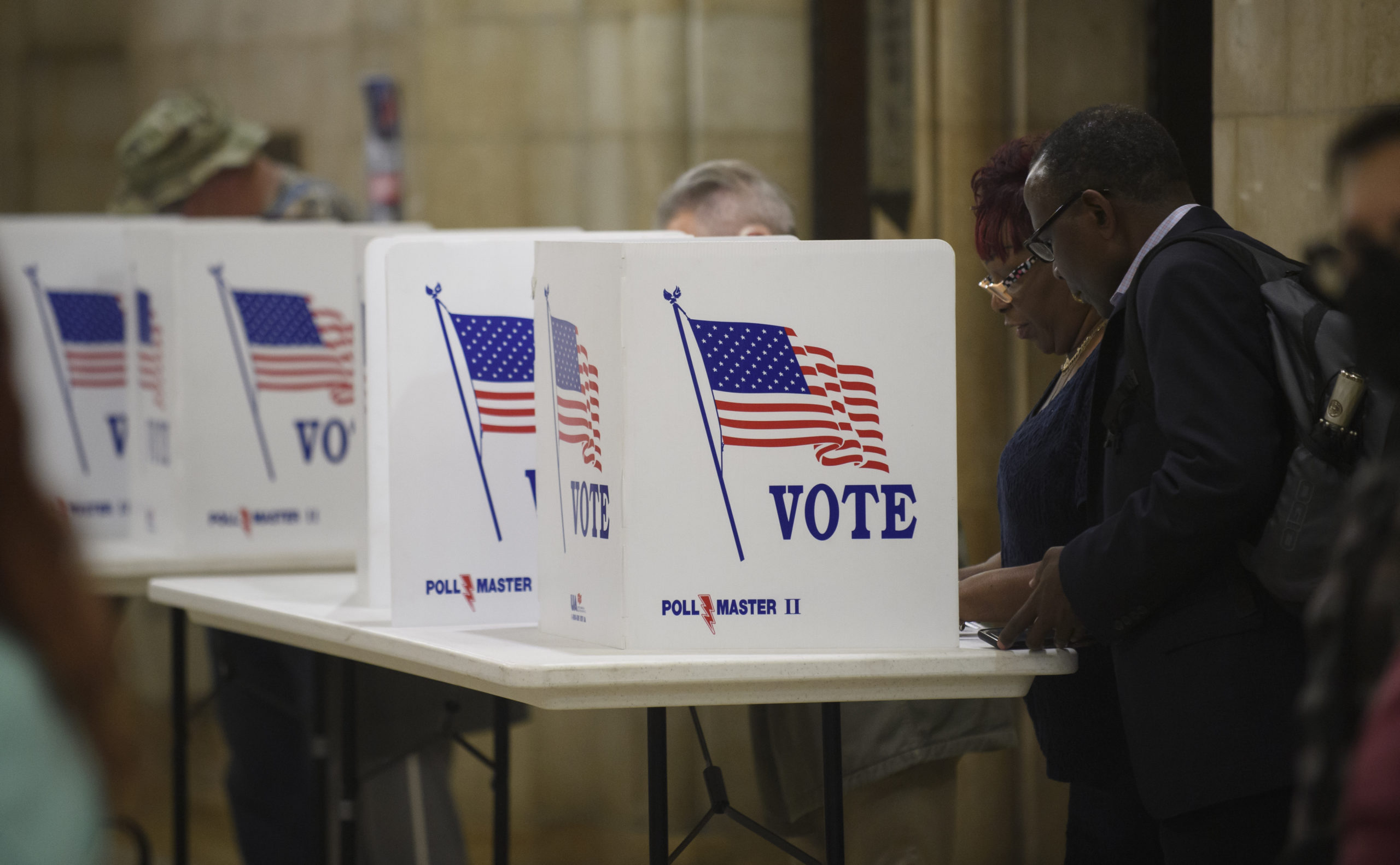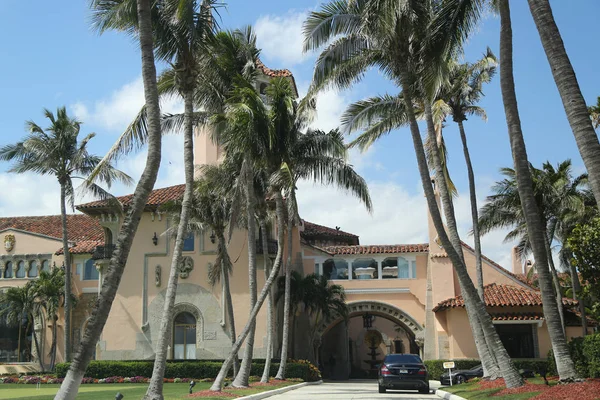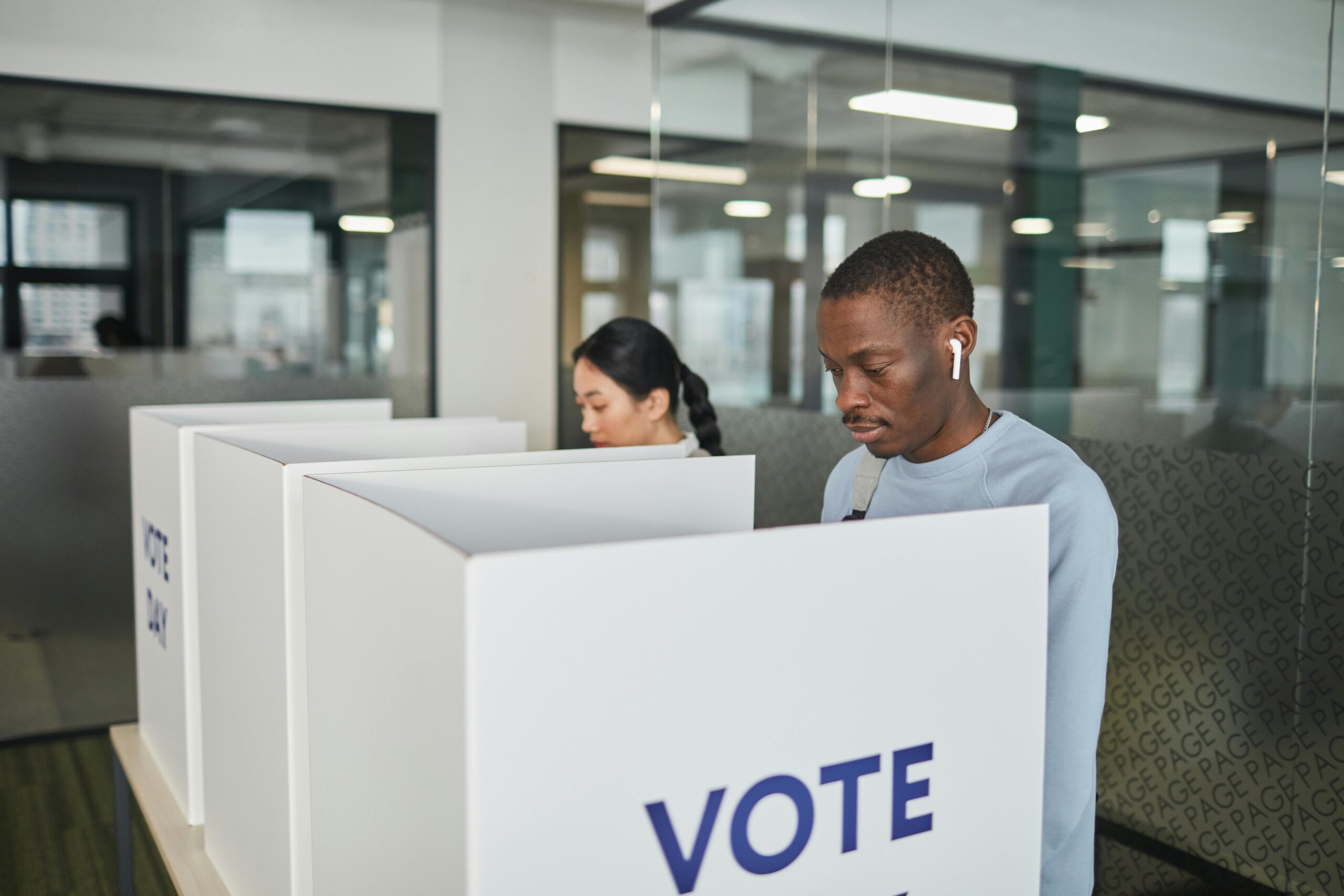The Slow Death of the Predictive Wizards
Election forecasting is undergoing a sea change, but public perceptions have not kept up.

Shortly before I voted on Tuesday, I gazed at my inbox and spied a gem: “The election could come down to this email.”
What sweeping technological change has occurred in the nearly quarter century since hanging chads and butterfly ballots were all the rage.
For months, I have been receiving emails that this or that candidate is OUT of the race unless I donate immediately. Joe Biden, Barack Obama, and Nancy Pelosi “appear” on email threads that demand my immediate attention. Kamala Harris needs me!
When I observed on social media that Donald Trump often says in his video fundraising solicitations that people should only donate if they can afford to, I received an angry response. That was my takeaway from a video in which he, quelle surprise, launches several attacks on Harris that a Democratic voter might find unfair? What about January 6?
Well, I don’t know. I thought it a bit off-brand for Trump to tell prospective donors they should feed their families before they kick in money to his campaign. I also wondered if it might tell us something interesting about the type of people giving money to the Trump campaign, the small donors the GOP has become more dependent on in recent years, rather than a character reference for the former president, much less an unqualified endorsement of everything he has ever said or done.
Everyone has spent the past few months indulging in the parlor game of trying to predict who will win the election. There are betting markets and models and aggregates that purport to tell you down to 0.1 percentage point who is up and who is down.
The polling industry has had its problems the past few election cycles, though I think the polling miss in the midterm elections is a bit exaggerated. In a bizarro 2016, a national Republican plurality wasn’t distributed efficiently enough to maximize the party’s gains in the House, and GOP candidates blew a few close Senate races that were made to appear closer because of a spate of Republican-aligned polls.
I was one of those people who thought there was going to be a red wave two years ago. But I never expected very many Republicans to win by a lot; I expected a lot of Republicans to win by a little. A wave election is really when a solid majority of the close races break one way, not necessarily a repeat of Richard Nixon or Ronald Reagan’s 49-state landslides, which are not really possible in the current political climate.
What happened instead was that there were seven competitive races that were going to decide control of the Senate. The six that were decided on Election Day split down the middle while the seventh went to a runoff. Democrats won that runoff for a four-to-three advantage, nudging the Senate from a tie broken by the vice president to a pure 51-49 Democratic majority. Which under Senate rules is still somewhat less than functional control of the chamber for most pieces of legislation.
People are rather angry that the public polls, with the notable exception of Iowa’s Ann Selzer, and big election forecasters all converged on a more or less toss-up election. This is herding, they cried. Or perhaps it’s just what happens in a deeply polarized country when a billion dollars in ads pummel seven or so states for months at a time trying to drive up each candidate’s negatives to the stratosphere.
It’s possible that, if people were more interested in accuracy and accountability for their models and less interested in hedging or posterior-covering, we would get better models. (Though I suspect that is really only true if we paid for them, which is why everyone is always really looking for tidbits from selectively released private polls conducted by people with real skin in the game.)
The reality is that the market for these things outside of campaigns is partisans who want evidence their side is going to win, which can always be found in the type of close elections we have mostly had since 2000, plus a few political junkies. The likelihood is that becoming take-committed would lead more forecasters to dupe their readers rather than build more reliable models. It would also increase public skepticism of the election results when they differ from their most trusted predictions. Some of this data simply has limited predictive value.
The best local sports journalists root for the home team, but are not such homers that they will sell you on a Super Bowl title for a team more likely to go 2-15. Maybe that will happen in partisan political journalism too, but my model gives it less than a 50-50 chance.
The post The Slow Death of the Predictive Wizards appeared first on The American Conservative.

